We may not have the course you’re looking for. If you enquire or give us a call on 01344203999 and speak to our training experts, we may still be able to help with your training requirements.
We ensure quality, budget-alignment, and timely delivery by our expert instructors.
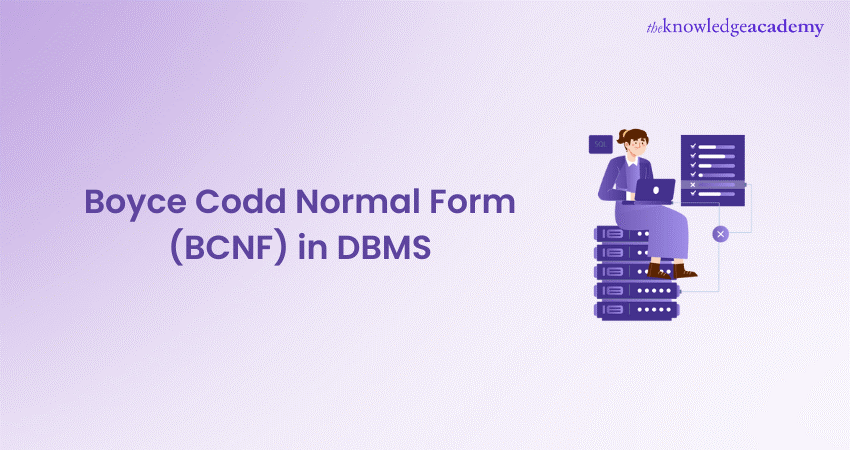
Imagine a supercharged version of database normalisation that helps you craft efficient, rock-solid databases with unprecedented reliability! That's what Boyce Codd Normal Form (BCNF) is, designed to tackle all those sneaky anomalies that can slip in through other normalisation levels. BCNF in Database Management System (DBMS) aims to eliminate redundancy and dependency anomalies by ensuring that every non-trivial functional dependency in a table is based on a superkey.
This blog explores the importance of BCNF in DBMS and outlines, with examples, how it helps maintain data integrity and consistency. Read on to level up your Database Management skills.
Table of Contents
1) What is BCNF in DBMS?
2) BCNF Rules
3) Examples
a) Example 1
b) What Prevents This Table From Being in BCNF?
c) How to Satisfy BCNF?
4) Conclusion
What is BCNF in DBMS?
BCNF in DBMS, often known as 3.5NF, is a higher level of normalisation than the third normal form (3NF). It is based on functional dependencies between attributes in a relation. Although it is very rare that a table satisfies the criteria for 3NF, it still needs to satisfy BCNF.
The properties followed by BCNF in DBMS are as follows:
1) It should already follow the properties of 3NF
2) A->B, A must be a super key or candidate key for a functional dependency.
As stated above in the properties, apart from already being in 3NF, every non-trivial functional dependency in the relation must have a super key as its determinant. This ensures that the data is consistent and free of redundancy.
BCNF Rules
For a relation to be in BCNF in DBMS, the following rules must be followed:
1) Every determinant of the relation must be functionally dependent on all its attributes.
2) There should be no non-trivial functional dependencies between the attributes of the relation, where non-trivial means that the dependent attribute is not a subset of any candidate key.
3) If the relationship has more than one candidate key, all the candidate keys must be irreducible. This means that no subset of the attributes can functionally determine any other attribute.
Examples
Now that you have a proper understanding of the rules and properties of BCNF in DBMS has been established, let’s explore this concept with some examples.
Example 1
Consider a table StudentCourse with the following attributes:
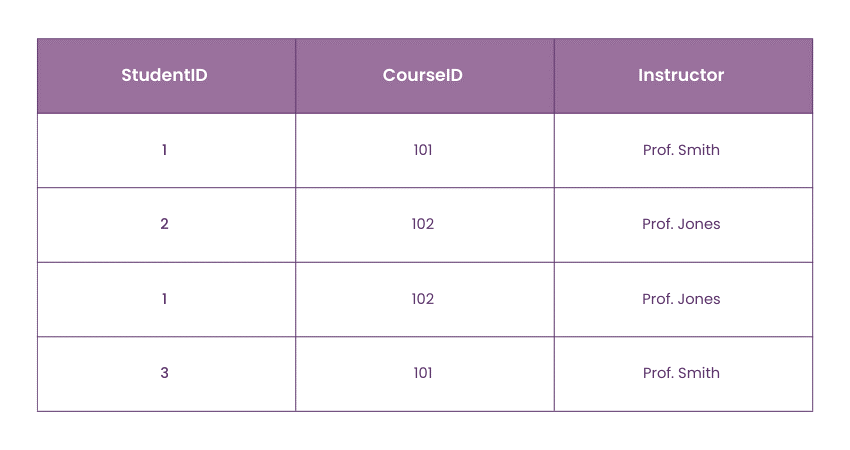
What Prevents This Table From Being in BCNF?
This table is not in BCNF because the attribute Instructor is dependent on CourseID, but CourseID is not a superkey. This leads to redundancy, as the same instructor appears multiple times for the same course.
How to Satisfy BCNF?
To satisfy BCNF, we can decompose the table into two tables:
1) CourseInstructor Table:
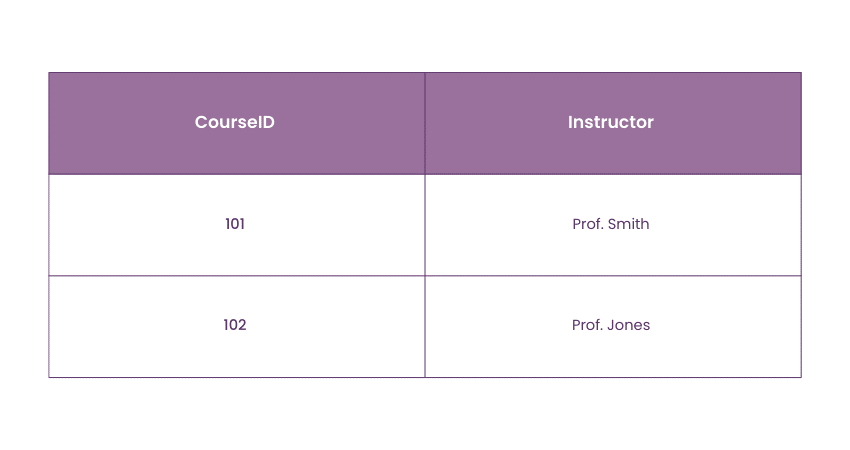
2) StudentCourse Table:
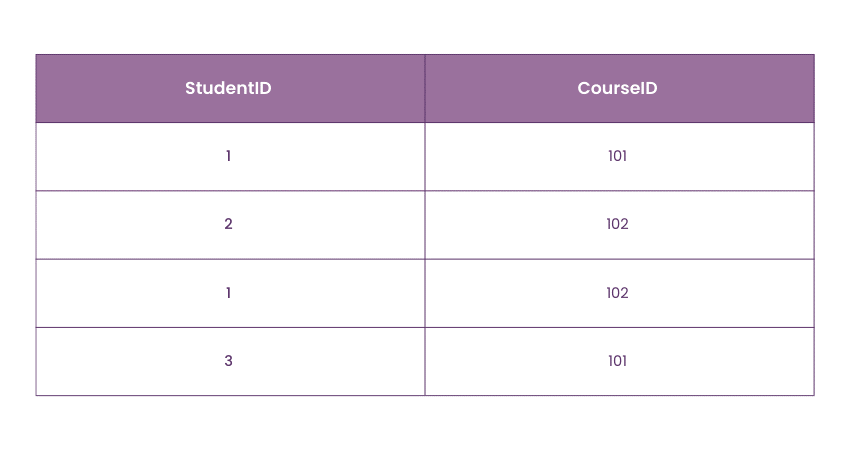
This Decomposition in DBMS removes the partial dependency and satisfies BCNF.
Lay down a strong foundation for your Database Management skills with our Introduction to Database Course – Sign up now!
Example 2
Consider a table ProjectAssignment with the following attributes:
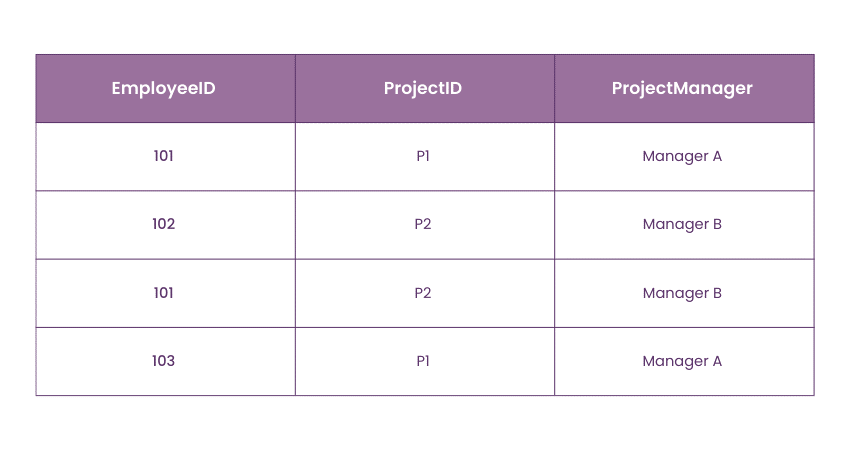
What Prevents This Table From Being in BCNF?
This table violates BCNF because ProjectManager depends on ProjectID, but ProjectID is not a superkey.
How to Satisfy BCNF?
To satisfy BCNF, we can decompose the table into two tables:
1) ProjectManager Table:
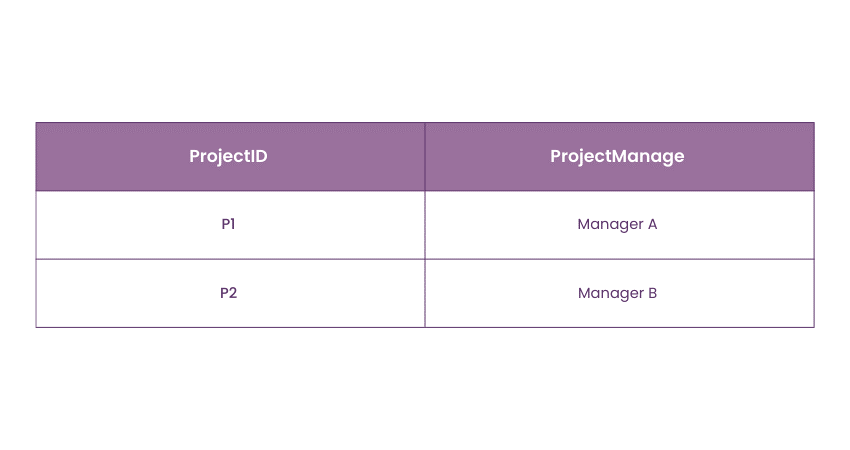
2) EmployeeProject Table:
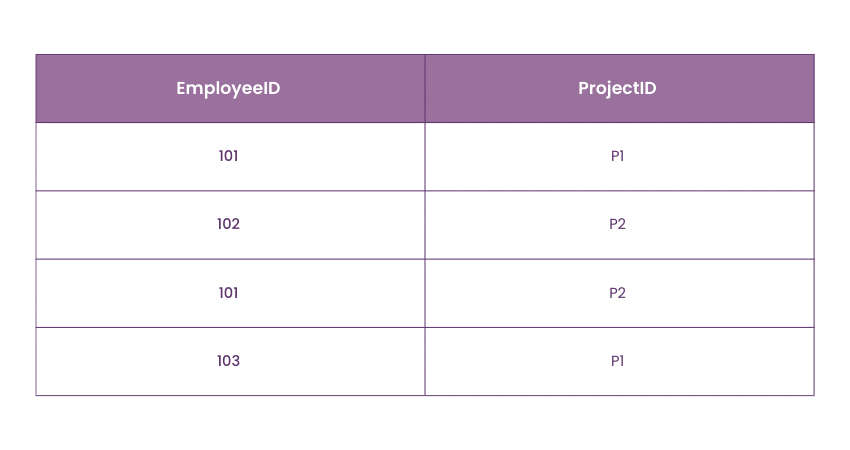
This ensures that ProjectManager is only dependent on a superkey.
Explore how to make fast APIs with GraphQL with our comprehensive GraphQL Database Training With React Course - Sign up now!
Example 3
Consider a table BookAuthors with the following attributes:
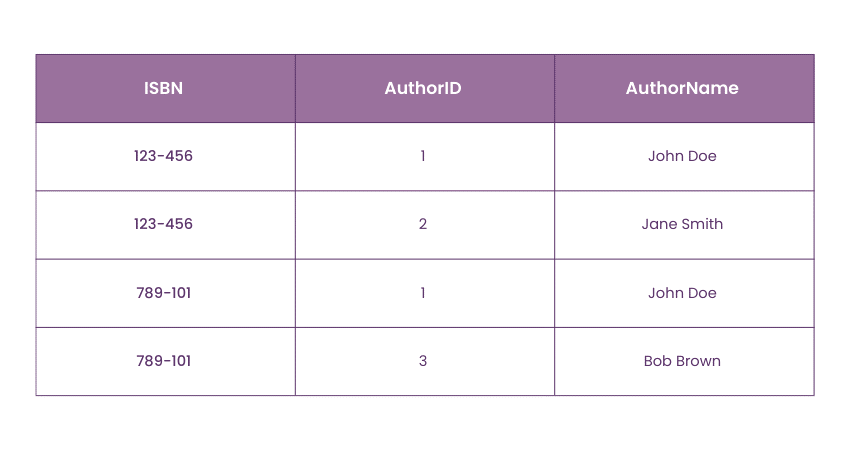
What Prevents This Table From Being in BCNF?
The table is not in BCNF because AuthorName depends on AuthorID, but AuthorID is not a superkey.
How to Satisfy BCNF?
To satisfy BCNF, we can decompose the table into two tables:
1) AuthorDetails Table:
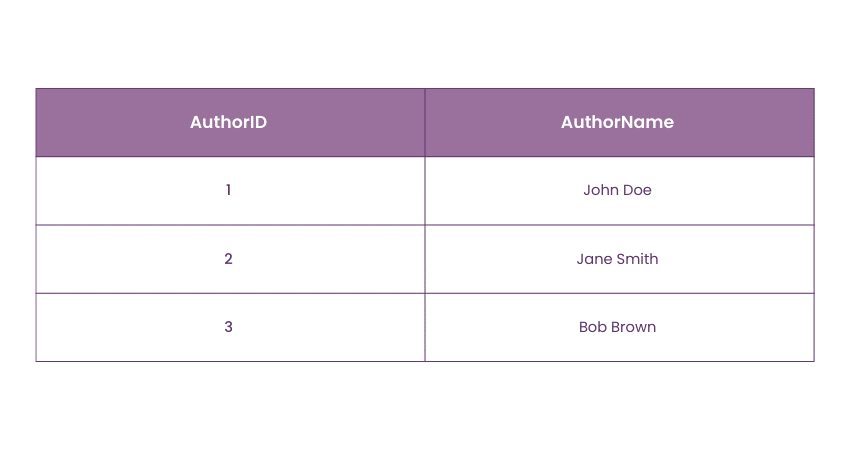
2) BookAuthors Table:
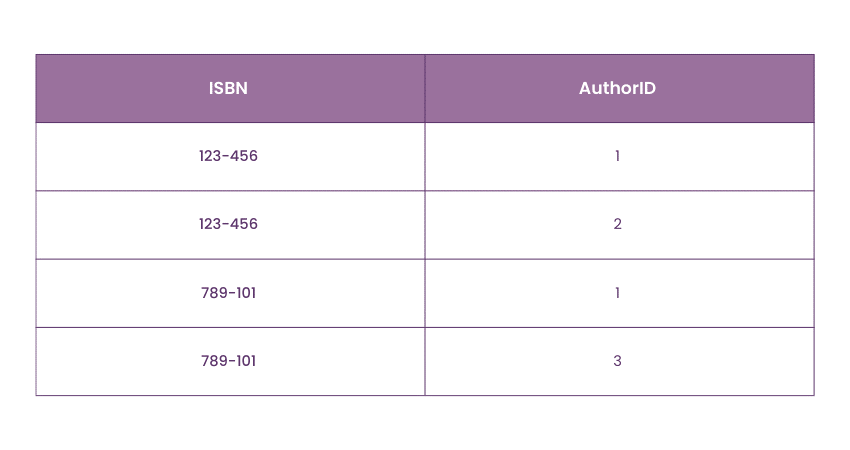
This decomposition eliminates the dependency problem and puts the table in BCNF.
Conclusion
BCNF is a critical step in database normalisation. By refining the third normal form (3NF), it ensures minimal redundancy and prevents anomalies. By mandating that every non-trivial functional dependency has a candidate key as its determinant, BCNF in DBMS promotes a more efficient and reliable database design. Having a firm grasp of this technique will help you expand your Database Management skills.
Want to learn about modern Database technologies and their applications? Sign up for our Introduction To NoSQL Course now!
Frequently Asked Questions
When is it Appropriate to Apply BCNF in Database Design?

It would be best to use BCNF in database design when you need to ensure each determinant of a relation is a candidate key. This is important for maintaining data integrity and preventing update anomalies, especially in complex databases with many interrelated tables.
Is a BCNF Normalised Table Entirely Free From Redundancy?

The data may be duplicated across different candidate keys if a table has multiple candidate keys. Combining multiple tables to retrieve all the required data may also be necessary, which can lead to some redundancy. However, a table in BCNF should have a minimal amount of redundancy compared to those in lower normal forms.
What are the Other Resources and Offers Provided by The Knowledge Academy?

The Knowledge Academy takes global learning to new heights, offering over 3,000 online courses across 490+ locations in 190+ countries. This expansive reach ensures accessibility and convenience for learners worldwide.
Alongside our diverse Online Course Catalogue, encompassing 19 major categories, we go the extra mile by providing a plethora of free educational Online Resources like News updates, Blogs, videos, webinars, and interview questions. Tailoring learning experiences further, professionals can maximise value with customisable Course Bundles of TKA.
What is The Knowledge Pass, and How Does it Work?

The Knowledge Academy’s Knowledge Pass, a prepaid voucher, adds another layer of flexibility, allowing course bookings over a 12-month period. Join us on a journey where education knows no bounds.
What are the Related Courses and Blogs Provided by The Knowledge Academy?

The Knowledge Academy offers various Database Courses, including the Introduction to Database Course and the InfluxDB Training Course. These courses cater to different skill levels, providing comprehensive insights into Normalisation in DBMS.
Our Programming & DevOps Blogs cover a range of topics related to Database Management, offering valuable resources, best practices, and industry insights. Whether you are a beginner or looking to advance your Database Management skills, The Knowledge Academy's diverse courses and informative blogs have got you covered.
Upcoming Programming & DevOps Resources Batches & Dates
Date
 Introduction to Database Training
Introduction to Database Training
Fri 25th Apr 2025
Fri 20th Jun 2025
Fri 22nd Aug 2025
Fri 17th Oct 2025
Fri 19th Dec 2025






 Top Rated Course
Top Rated Course



 If you wish to make any changes to your course, please
If you wish to make any changes to your course, please


